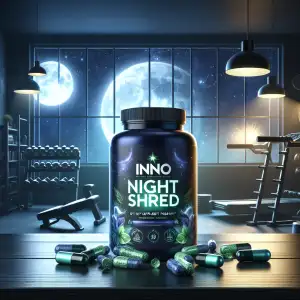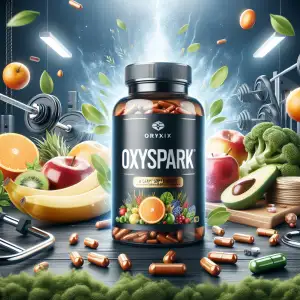Ultherapy vs Thread Lift: Which One Is Right for You?
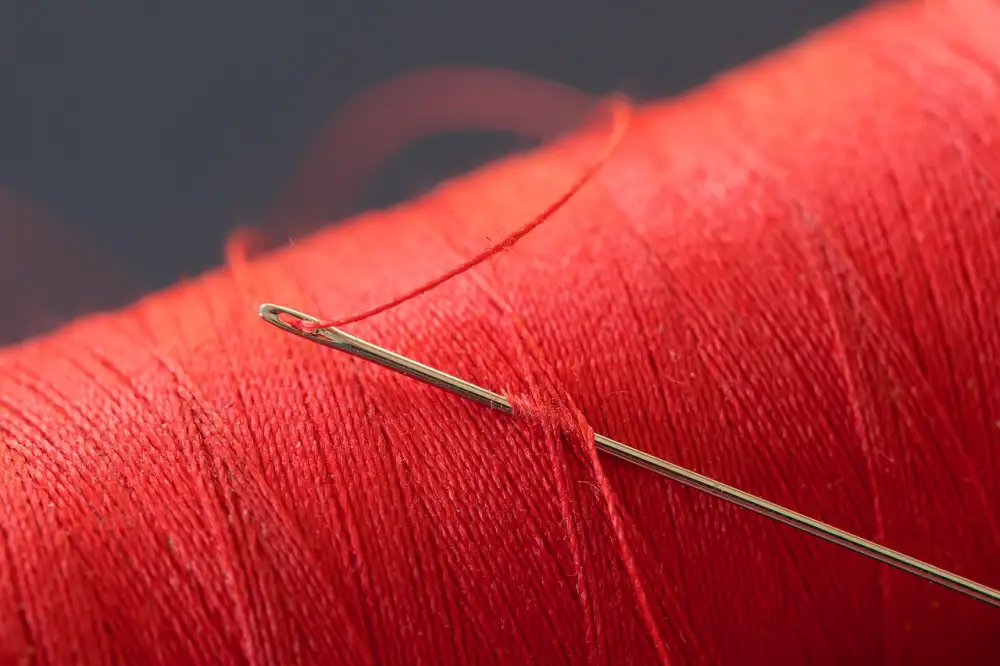
Understanding Ultherapy
Ultherapy and thread lifts are two popular non-surgical procedures that offer skin tightening and lifting benefits. While both can provide a more youthful appearance, they work in different ways and are suitable for different concerns and individuals.
Ultherapy, also known as Ulthera, is a non-invasive procedure that uses focused ultrasound energy to lift and tighten the skin. This energy bypasses the surface of the skin to stimulate collagen production in the deeper layers. Collagen is a protein that provides structure and elasticity to the skin. As we age, collagen production naturally declines, leading to sagging and wrinkles. Ultherapy's ultrasound energy heats the targeted tissues, causing a controlled injury that triggers the body's natural healing process, resulting in the production of new collagen. This process gradually lifts and tightens the skin over time, resulting in a more youthful appearance. Ultherapy is FDA-cleared for lifting and tightening the skin on the neck, under the chin, and on the eyebrow, and it can also improve the appearance of lines and wrinkles on the décolletage.
Thread lifts, on the other hand, are a minimally invasive procedure that involves inserting thin, dissolvable threads made of materials like polydioxanone (PDO) into the skin. These threads have tiny barbs or cones that hook onto the skin tissues, lifting and repositioning them to create a more youthful contour. The threads also stimulate collagen production as they dissolve, providing further lifting and tightening effects over time. Thread lifts can be used to address various concerns, including sagging jowls, drooping cheeks, and marionette lines. They can also be used to lift the brows, define the jawline, and improve the appearance of the neck.
When comparing Ultherapy and thread lifts, it is important to consider your individual needs and goals. Ultherapy is a good option for individuals who are looking for a non-invasive procedure with no downtime. It is particularly effective for lifting and tightening mild to moderate skin laxity. Thread lifts, while minimally invasive, do require some recovery time and are better suited for individuals with moderate to severe skin laxity who are looking for a more immediate lifting effect. The results of Ultherapy typically appear gradually over 2-3 months as collagen production increases, while thread lifts provide an immediate lift that continues to improve over several weeks.
The choice between Ultherapy and thread lifts is a personal one that should be made in consultation with a qualified and experienced provider. They can assess your individual needs, discuss your goals, and recommend the most appropriate treatment option for you.
Understanding Thread Lifts
Thread lifts have become increasingly popular as a minimally invasive alternative to traditional facelifts. But how do they actually work? Imagine this: fine, dissolvable sutures are inserted beneath the skin's surface. These threads have tiny cones or barbs that gently grab and lift sagging tissues. Once in place, the threads are pulled taut, instantly repositioning the skin and underlying muscles for a tighter, more youthful appearance.
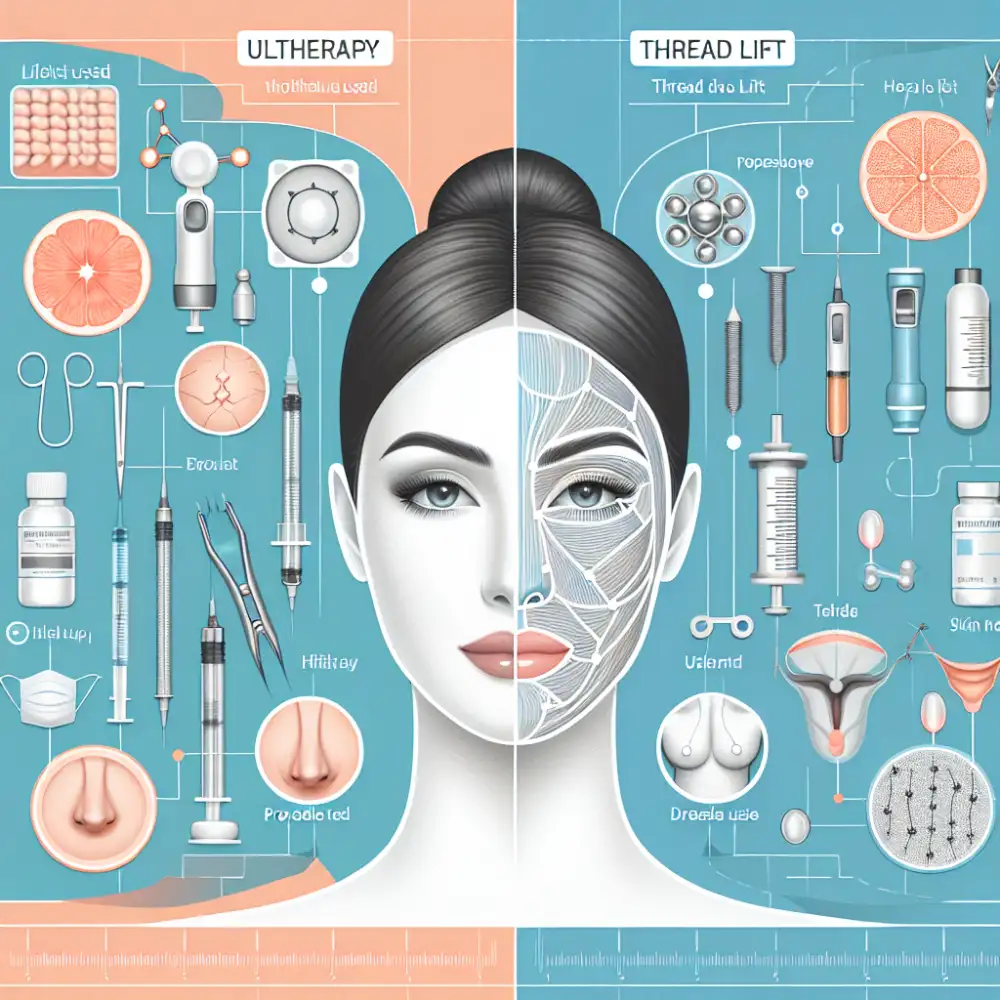
Now, let's compare thread lifts to Ultherapy, another popular non-surgical treatment:
Mechanism: Thread lifts physically lift and reposition sagging skin, while Ultherapy uses focused ultrasound energy to stimulate collagen production deep within the skin's foundational layers.
Downtime: Thread lifts involve minimal downtime, with most individuals returning to their normal activities within a few days. Ultherapy is typically considered a "lunchtime procedure" with little to no downtime.
Longevity: The results of a thread lift can last anywhere from 12 to 18 months, depending on the type of threads used and individual factors. Ultherapy's collagen-boosting effects can last for several years.
Ideal Candidates: Thread lifts are best suited for individuals with mild to moderate skin laxity who are looking for a more immediate lift. Ultherapy is a good option for those with mild to moderate skin laxity who are looking for gradual, natural-looking results and long-term skin tightening.
Ultimately, the best treatment option for you will depend on your individual needs, aesthetic goals, and the advice of a qualified medical professional.
Targeted Areas
Ultherapy and thread lifts can address signs of aging in various areas of the face and neck.
Ultherapy uses focused ultrasound energy to target deep structural layers of the skin. This stimulates collagen production and provides a lifting effect. Ultherapy is particularly effective for:
Eyebrow lift: Lifting sagging eyebrows and improving the appearance of drooping eyelids.
Jawline definition: Tightening loose skin along the jawline and reducing the appearance of jowls.
Neck lift: Improving the definition of the neck and reducing the appearance of a "turkey neck."
Décolletage rejuvenation: Smoothing wrinkles and tightening skin on the chest.
Thread lifts involve inserting temporary, dissolvable sutures under the skin. These sutures lift and reposition sagging tissues, providing an immediate lifting effect. Thread lifts are commonly used for:
Midface lift: Lifting sagging cheeks and reducing the appearance of nasolabial folds.
Lower face lift: Defining the jawline and improving the appearance of marionette lines.
Eyebrow lift: Lifting the brows for a more youthful appearance.
Neck lift: Tightening loose skin on the neck and improving the appearance of neck bands.
While both procedures can address similar areas, the specific areas best suited for each may vary depending on individual anatomy and desired outcomes. A consultation with a qualified cosmetic professional is crucial to determine the most appropriate treatment option.
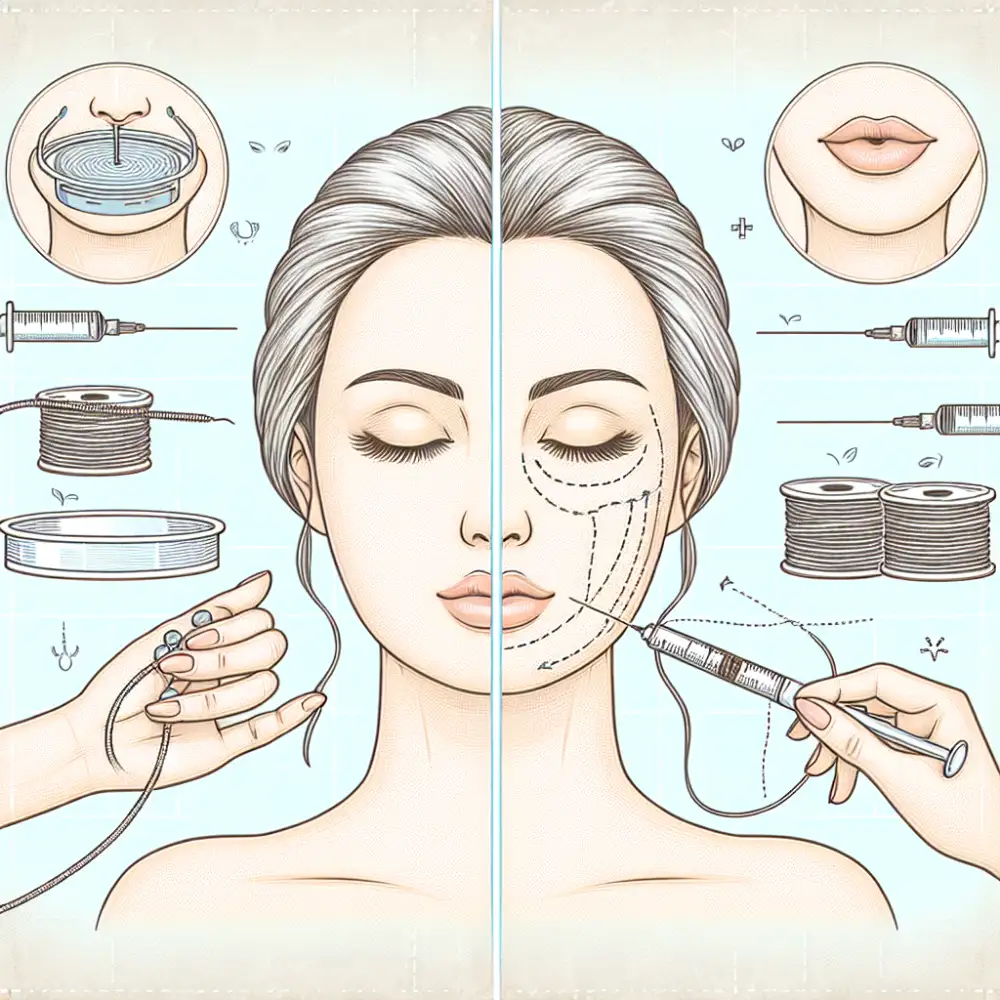
| Feature | Ultherapy | Thread Lift |
|---|---|---|
| Procedure Type | Non-invasive | Minimally invasive |
| Downtime | Minimal | Several days to a week |
| Results Duration | Up to 2 years | 1-2 years |
Downtime and Recovery
When considering downtime and recovery, Ultherapy and thread lifts offer different experiences. Ultherapy, being non-invasive, typically involves minimal downtime. You might experience some mild redness or swelling immediately after the procedure, but this usually subsides within a few hours. You can resume most normal activities right away.
Thread lifts, on the other hand, are minimally invasive and require a slightly longer recovery period. You can expect some swelling, bruising, and tenderness at the thread insertion points. These side effects are generally manageable with over-the-counter pain medication and cold compresses. While you can return to work and light activities within a few days, it's best to avoid strenuous exercise and excessive sun exposure for a couple of weeks.
The recovery timeline can also vary depending on the extent of the treatment and individual healing capabilities. Your practitioner will provide personalized aftercare instructions to ensure optimal healing and minimize risks. It's important to follow these instructions carefully to achieve the best possible results and minimize the risk of complications.
Longevity of Results
When considering a cosmetic procedure, it's natural to wonder about how long the results will last. Both Ultherapy and thread lifts offer a way to turn back the clock, but their longevity differs.
Ultherapy stimulates your body's own collagen production, a process that takes time. You'll see gradual improvements in the months following treatment, with optimal results typically appearing around 3-6 months post-procedure. These results can last for 1-2 years, depending on factors like your age, skin elasticity, and lifestyle.
Thread lifts, on the other hand, provide more immediate results. The inserted threads instantly lift and reposition sagging skin. These results are visible right after the procedure and can last anywhere from 1 to 3 years. The threads themselves dissolve over time, but the lifting effect can persist as they stimulate some collagen production.
Here's a simple way to think about it:
Ultherapy: Gradual, natural-looking results that develop over time and last longer.
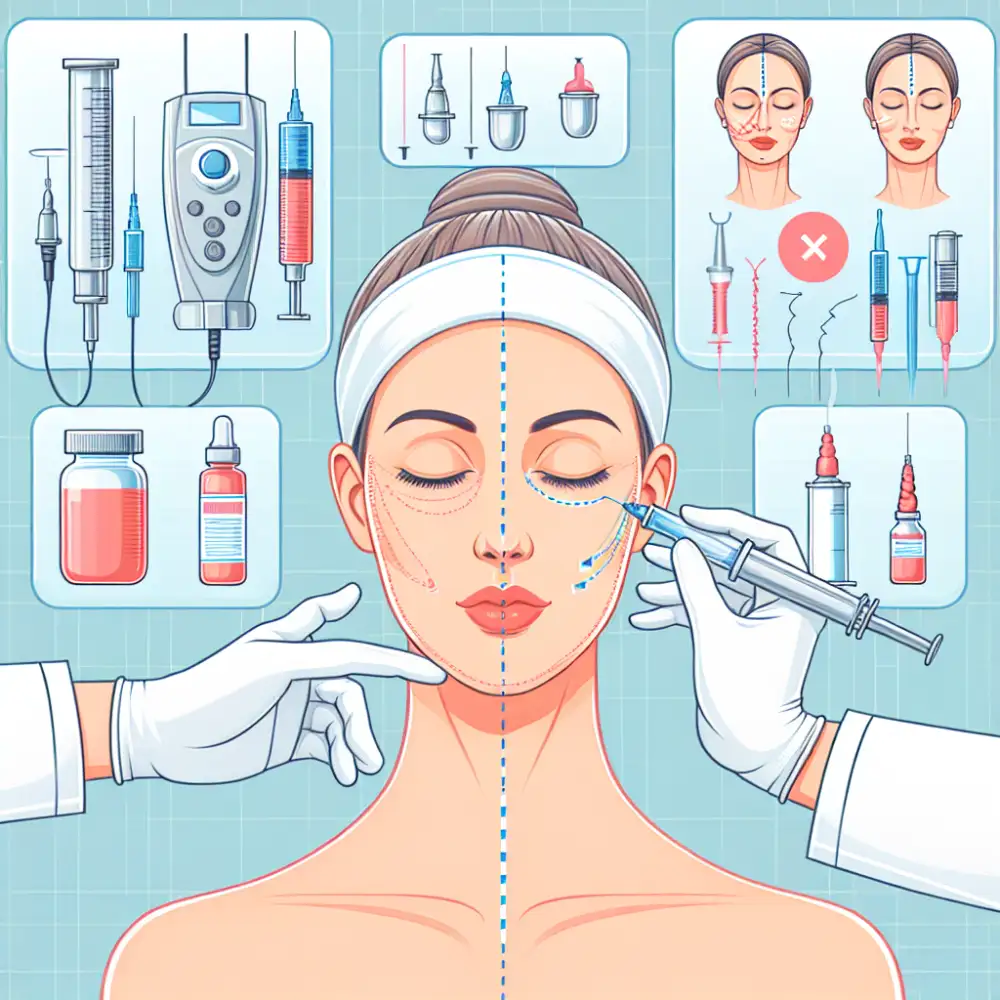

Thread Lift: Immediate, noticeable lift with results that are generally shorter-lived than Ultherapy.
Ultimately, the best choice for you depends on your individual goals, desired downtime, and budget. Consulting with a board-certified dermatologist or plastic surgeon is crucial to determine which procedure aligns best with your needs and expectations. They can assess your skin, discuss your desired outcomes, and recommend the most suitable treatment plan.
Potential Risks and Side Effects
Both ultherapy and thread lifts are generally considered safe when performed by a qualified and experienced practitioner. However, as with any medical procedure, there are potential risks and side effects associated with each.
Ultherapy uses focused ultrasound energy, so there's a risk of burns or nerve damage. This is rare and usually temporary. You might experience some redness, swelling, or tenderness in the treated area after the procedure. Some people report temporary numbness or tingling.
Thread lifts involve inserting needles into the skin, so there is a risk of infection, bruising, and swelling. The threads themselves can sometimes be visible or feel uncomfortable under the skin. In rare cases, the threads may migrate or break, requiring further treatment.
It's important to discuss your medical history and any concerns you have with your doctor before undergoing either procedure. They can help you determine which treatment is right for you and take steps to minimize your risk of complications.
Which Treatment Is Right for You?
Deciding between Ultherapy and a thread lift depends on your individual needs, goals, and the advice of a qualified medical professional.
Ultherapy, a non-invasive procedure, uses ultrasound energy to stimulate collagen production deep within the skin. It's FDA-cleared to lift and tighten skin on the neck, chin, and brow, and it can also improve the appearance of fine lines and wrinkles on the chest. Ultherapy requires no downtime, and results appear gradually over 2-3 months as new collagen builds. This treatment is ideal for individuals with mild to moderate skin laxity who prefer a non-surgical approach with minimal downtime.
A thread lift, on the other hand, is a minimally invasive procedure that involves inserting temporary, dissolvable sutures under the skin. These sutures lift and reposition sagging skin, creating a more youthful contour. Thread lifts are particularly effective for lifting the brows, cheeks, jowls, and neck. While minimally invasive, thread lifts do require a short recovery period and may not be suitable for individuals with very thin or excessively sagging skin.

Here's a simple breakdown to help you understand which treatment might be better suited for you:
If you prefer a non-invasive procedure with no downtime: Ultherapy
If you desire significant lifting and contouring: Thread lift
If you have mild to moderate skin laxity: Ultherapy
If you have moderate to advanced skin laxity: Thread lift
If you are looking for gradual, natural-looking results: Ultherapy
If you want more immediate, noticeable results: Thread lift
Ultimately, the best way to determine which treatment is right for you is to schedule a consultation with a board-certified dermatologist or plastic surgeon. They can assess your individual needs, discuss your aesthetic goals, and recommend the most appropriate treatment plan to help you achieve your desired results.
Published: 20. 06. 2024
Category: Health

